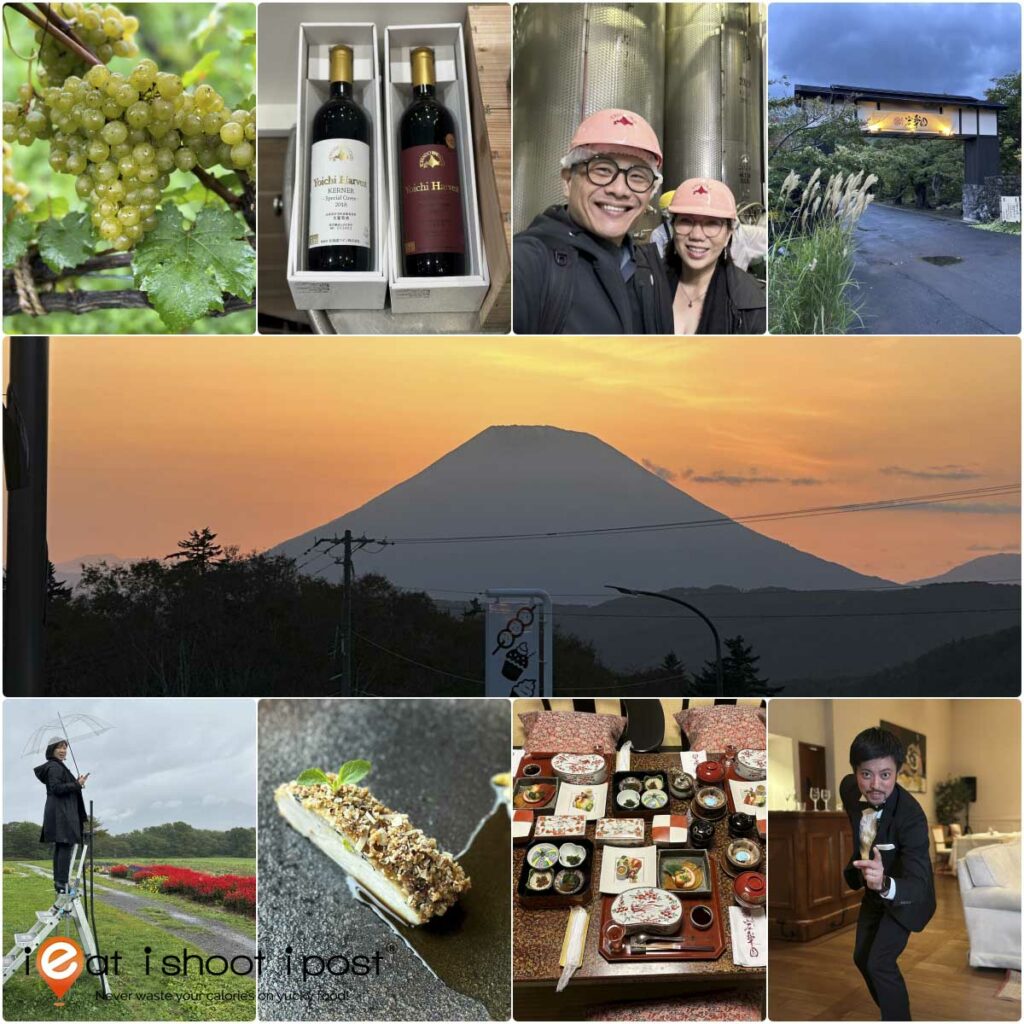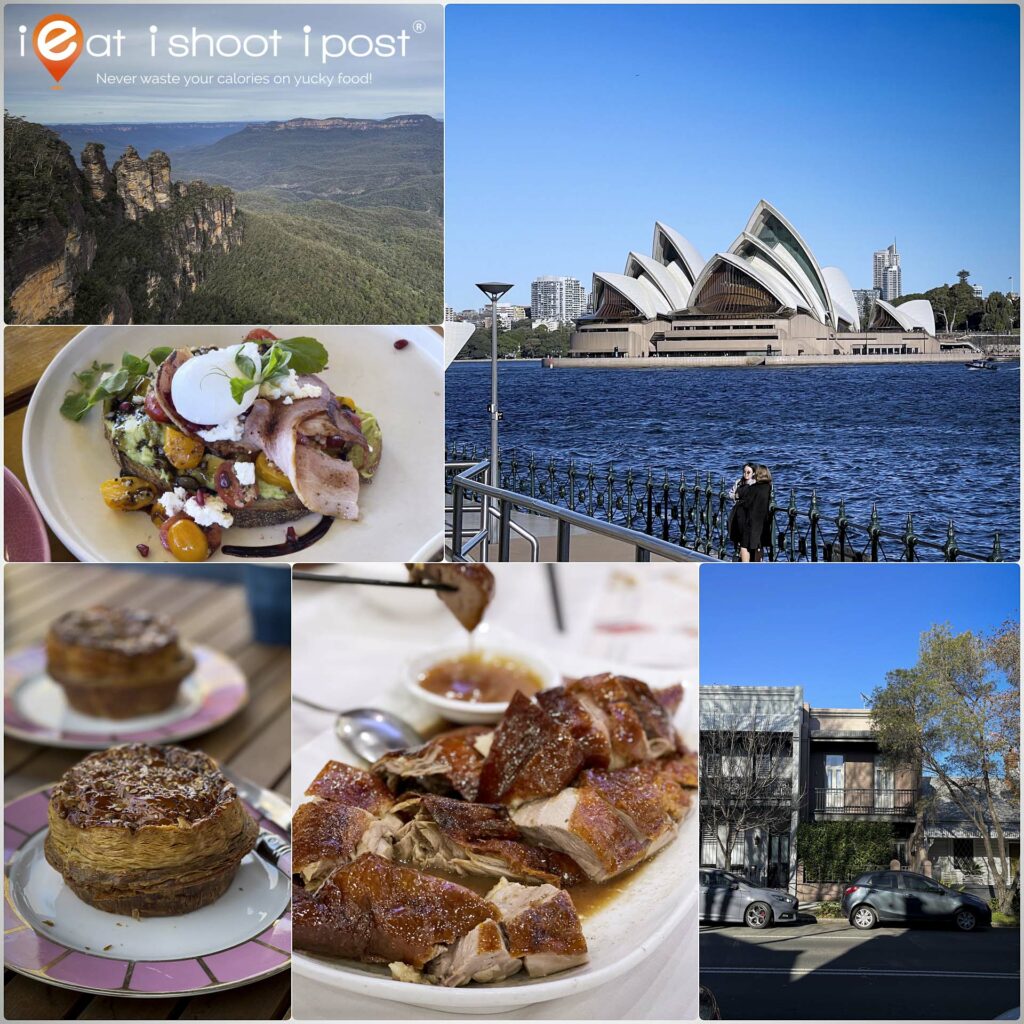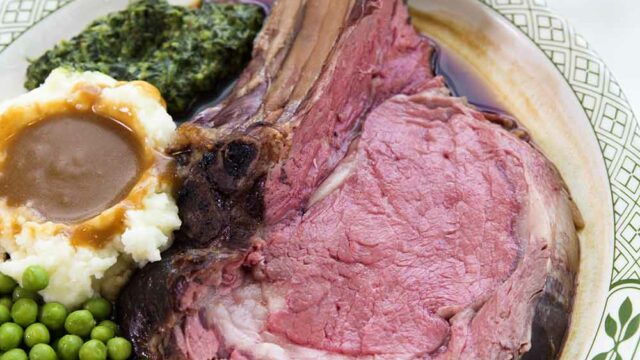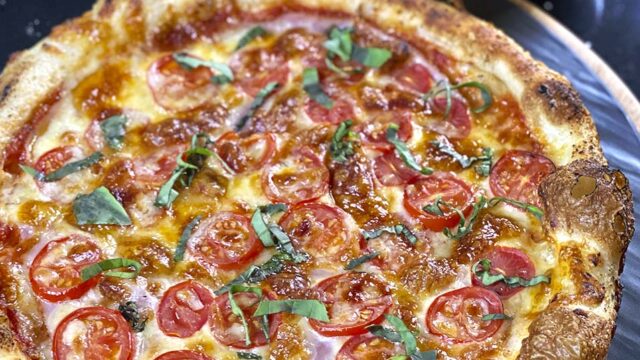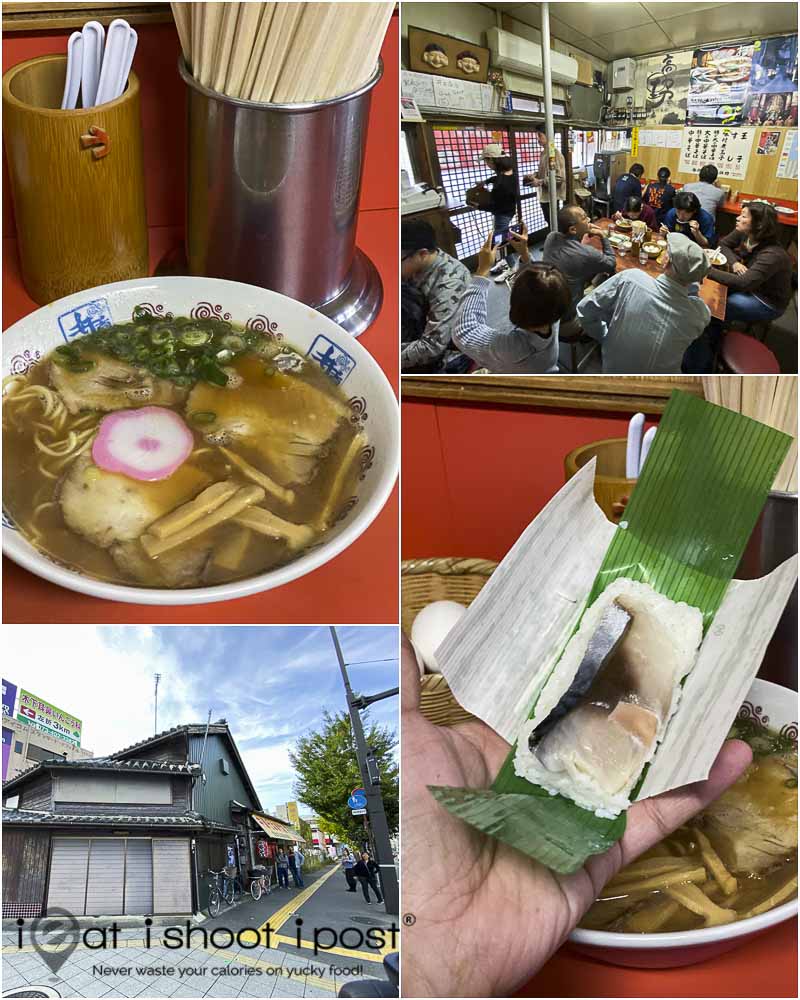
Located just 40mins from Kansai Airport is Wakayama prefecture which is the perfect getaway from the hustle and bustle of Osaka. (Check out my Osaka post)
Known as the spiritual heart of Japan, Wakayama is home to Kumano Kodo, a religious pilgrimage trail which has been designated a UNESCO World Heritage site in 2004. Wakayama is also reputed to be the place where Japanese shoyu and binchotan originated, as well as being the largest producer of umeboshi in Japan.
Wakayama has its own style of ramen and so our first stop as a 66 year old traditional Ramen-ya. Also known as Chuka Soba (Chinese noodles) locally, the noodles are straight type and the soup is a cross between a thick tonkotsu broth and a shoyu ramen. The locals eat it with optional sides of narezushi which is made of fermented fish on rice, and hard boiled eggs. Personally, I think it is a ramen that you would want to try at least once so that you can say that you have tried Wakayama ramen!
Nachikatsuura
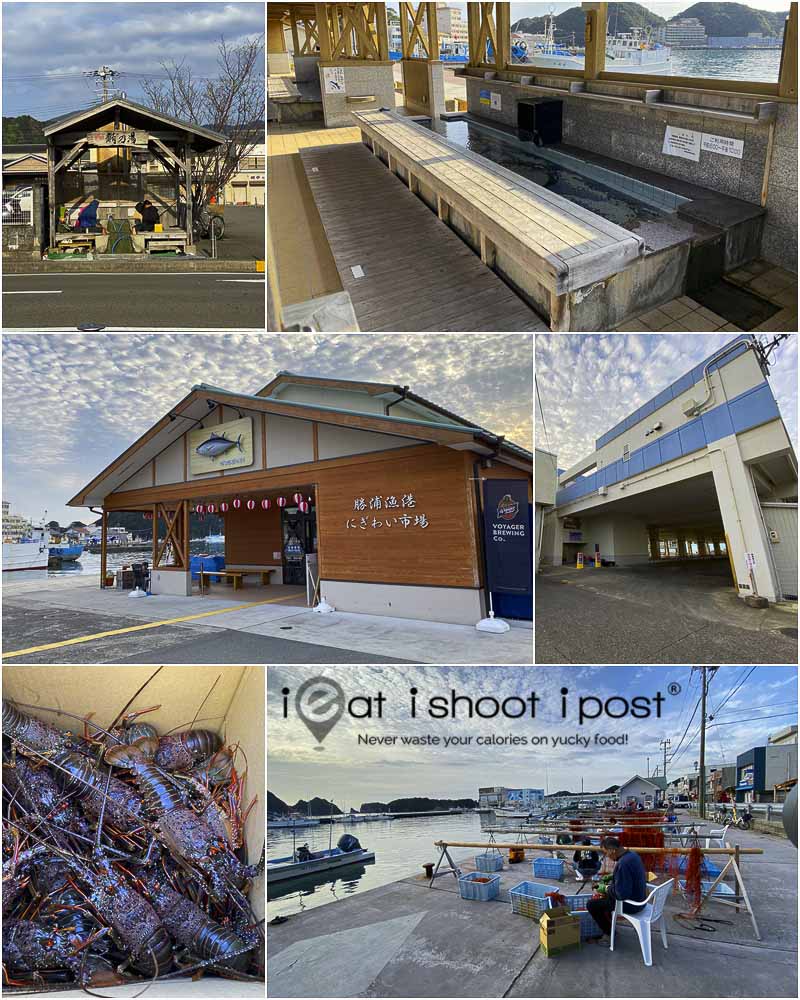
We start our tour of Wakayama by driving along the costal road across the prefecture to the Eastern side of the peninsula to arrive at the town of Nachikatsuura. This place is known “tuna town” as more tuna are landed here than anywhere else in Japan. The plan was to visit the tuna auction which takes place every morning between 7am to 8am at Katsuura Fish Market. Unfortunately for us, we pick a day when the market was totally quiet for some unknown reason!
Katsuura Fish Market
7 Chome-8-2 Tsukiji, Nachikatsuura, Higashimuro District, Wakayama 649-5335, Japan
Map and Details
Katsuragi – tuna done different ways

There are many specialty tuna restaurants in town which you can enjoy tuna served in many different cooking styles. There are four types of tuna that are served, depending on the season: Kuro Maguro (Bluefin), Mebachi Maguro (Big Eye), Kihada Maguro (Yellowfin) and Binchou Maguro (Albacore). Our local guide brought us to Katsuragi which is one of the more popular places to eat a tuna meal. Good for tuna lovers!
桂城 Katsuragi
398-11 Katsuura, Nachikatsuura, Higashimuro District, Wakayama 649-5334, Japan
+81 735-52-1845
Map and Details
Yakiniku Dining Kazu
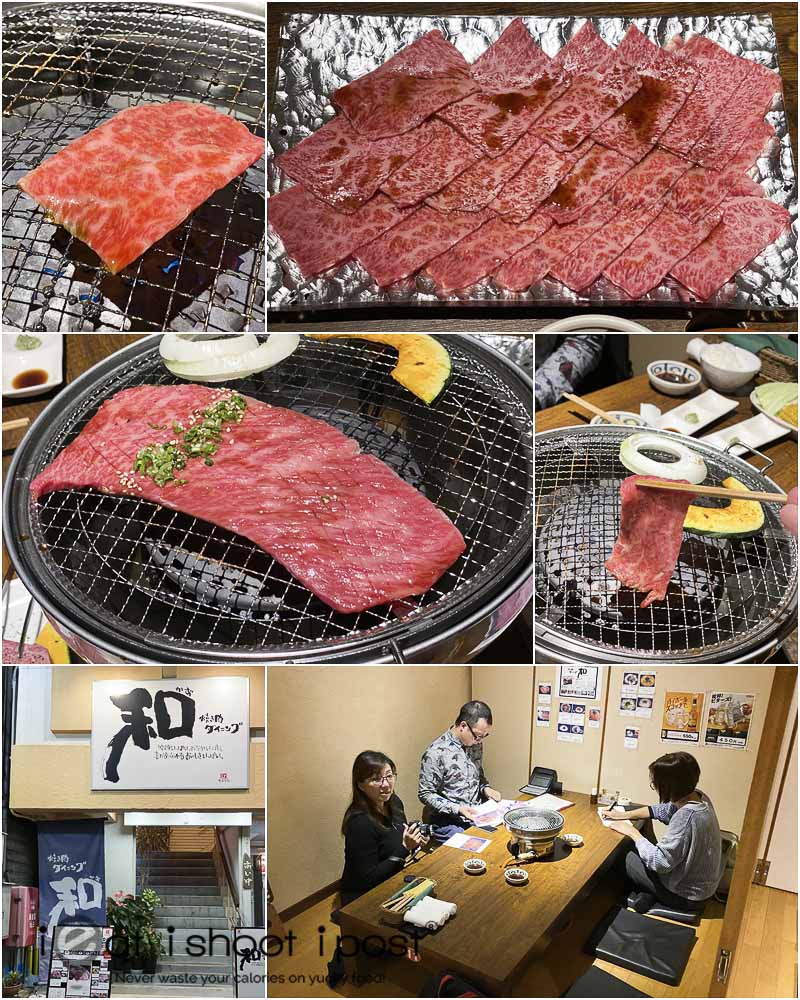
One of the thing you have to try while in Wakayama is Kumano Wagyu. Kumano is the ancient name for Wakayama and you can only try Kumano beef here in Wakayama as it is not exported. I had one of my best Yakiniku experiences at this particular restaurant in Nachikatusuura. The cut that you must try is the haneshita (aka zabuton or chuck flap). It is one of of the most delicious slice of beef I have ever come across!
Yakiniku Dining Kazu
3 Chome-3-7 Tsukiji, Nachikatsuura, Higashimuro District, Wakayama 649-5335, Japan
Map and Details
Nachi Falls
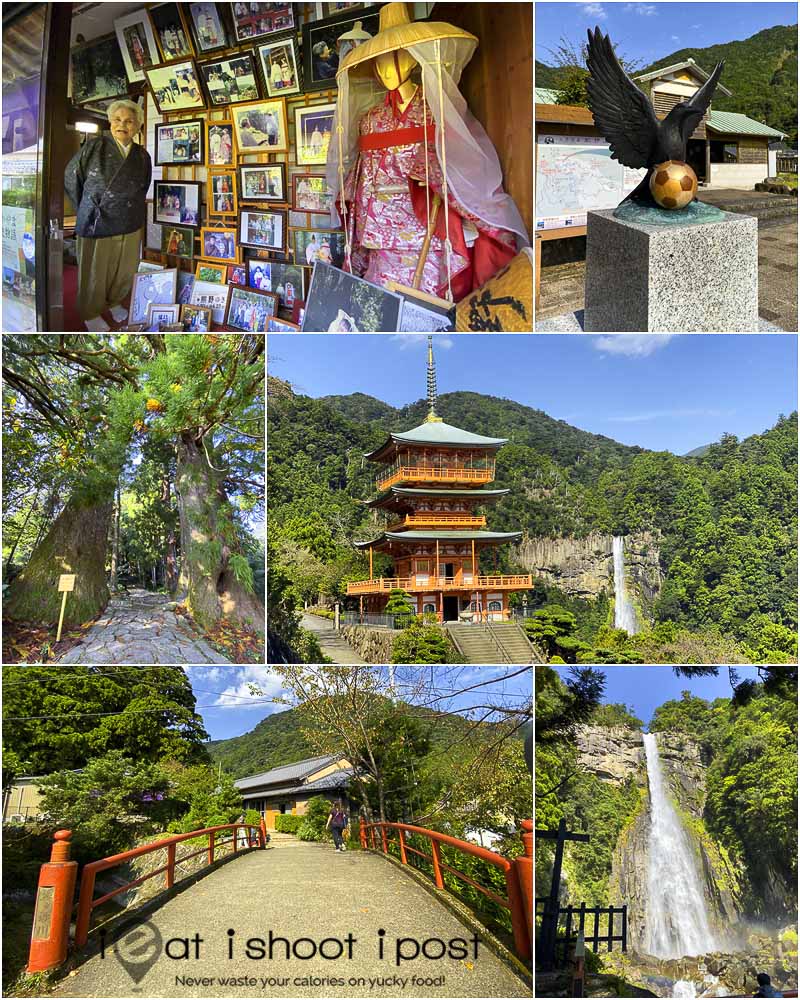
Another reason for visiting Nachikatsuura is to visit Nachi Falls which is the tallest waterfall in Japan. It is part of the Kumano Kodo pilgrimage routes and the trail starting at Daimonzuka will take only a few hours to complete. The route is paved with stones and lined with ancient trees and is a very nice half day activity to experience the beauty of nature. The falls are not huge but they form a nice backdrop for photos.
Japan, 〒649-5302 Wakayama, Higashimuro District, Nachikatsuura, 県道 46 号線
Map and Details
Katsuuran Gyoen – traditional Japanese Hotel
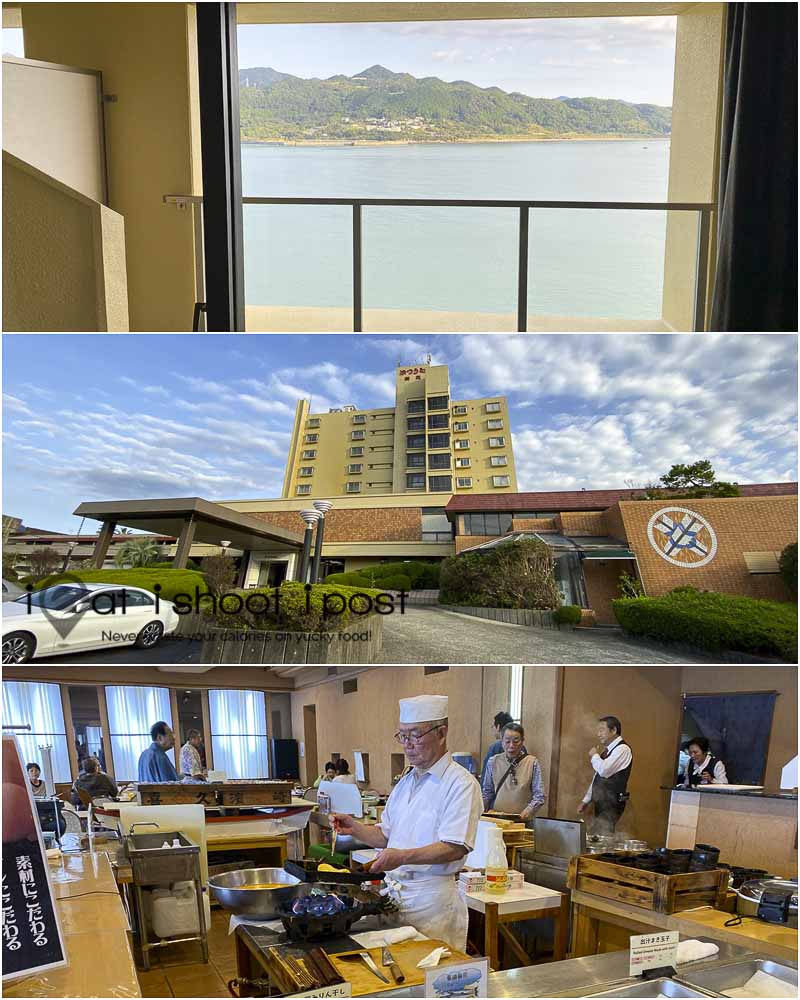
While we were visiting Nachikatsuura, we stayed at Katsuuran Gyoen which is a traditional Japan hotel located by the sea. They have a natural onsen in the hotel with both indoor and outdoor onsen which is very good. The rooms are lined with tatami mats and you will be sleeping on futons on the floor. The Japanese breakfast spread is very good and there is even a tamagoyaki station which is not commonly seen.
Katsuura Gyoen
Japan, 〒649-5334 Wakayama, Higashimuro District, 東牟婁郡那智勝浦町 北浜海岸
Map and Details
Minabe
Binchotan Musuem
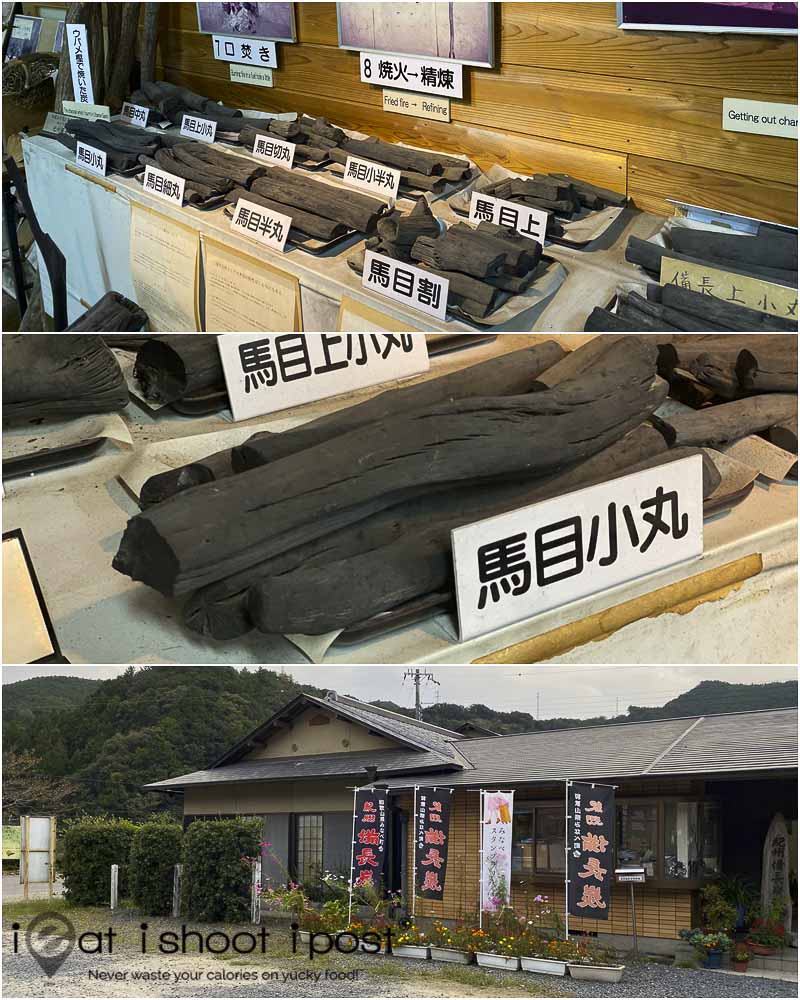
From Nachikatuura we made our way back towards Wakayama city along the coastal road to Minabe town to visit to the binchotan (oakwood charcoal) museum. Binchotan is very important in Japanese cuisine as it is the best charcaol for grilling. It burns very clean and at very high temperatures. Binchotan was first made in Wakayama which still produces some of the best quality binchotan in all of Japan!
The process of producing binchotan starts with the harvesting of wood from the ubame oak which grows on the hilly slopes of Wakayama. The wood then goes through a multi-stage process to produce binchotan. Quality binchotan is very dense and should be covered with a fine layer of white ash. It should also produce a metallic note when struck!
This museum is a little out of the way and the information is all in Japanese. So you will need to have an interpreter in order to really learn something about binchotan.
紀州備長炭振興館
1267 Kiyokawa, Minabe, Hidaka District, Wakayama 645-0201, Japan +81 739-76-2258
Map and Details
UMT – Umeshu Factory
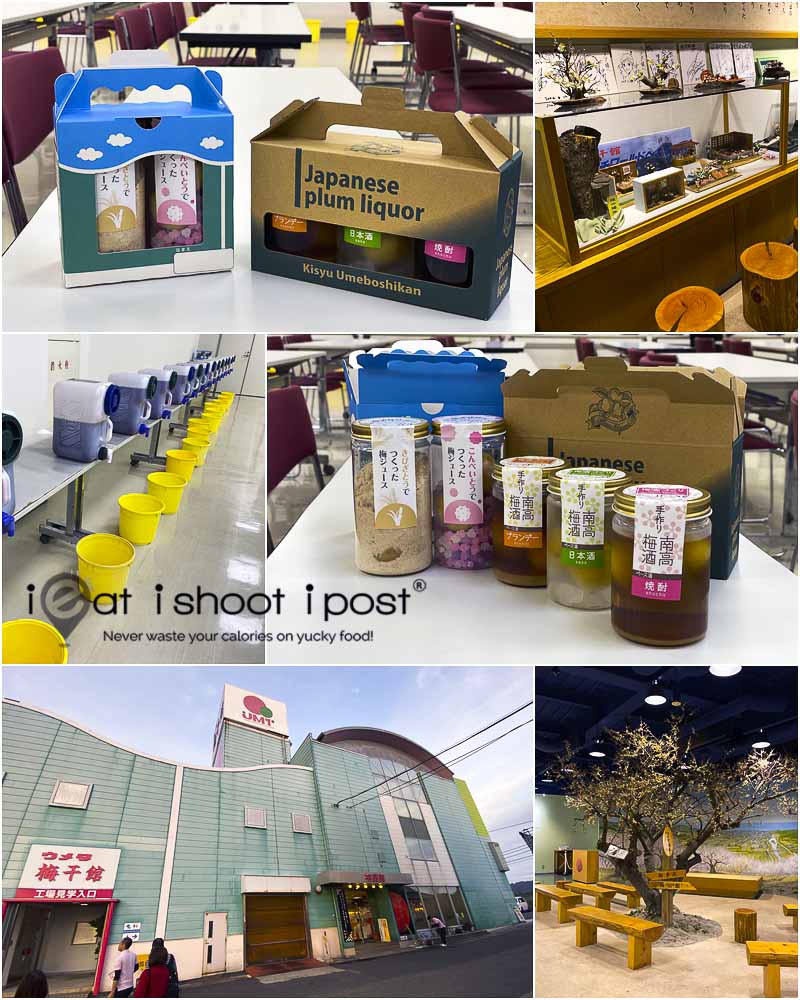
Wakayama is also the largest producer of umeboshi, ie pickled plums. If you love umeshu, then a visit to the umeboshi factory is a must! For a fee, you will be able to learn to make your own umeshu and umeboshi and bring home your own creation as a souvenior!
紀州梅干館 紀州梅干の梅翁園
1339 Yamauchi, Minabe, Hidaka District, Wakayama 645-0012, Japan
Map and Details
Hotel & Resorts Wakayama
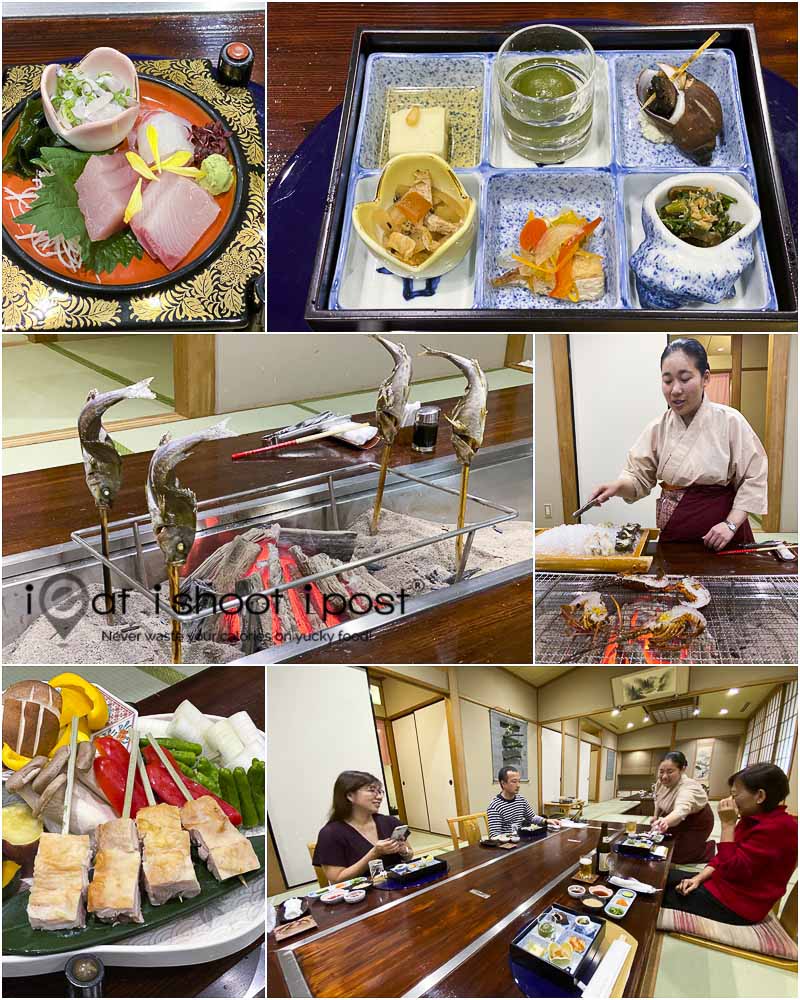
At Minabe, we stayed at Hotels & Resorts Wakayama which is quite a large hotel which has hosted the emperor and foreign dignitories. Dinner was quite an occasion as they set up a binchotan fire in a private dining room. Their special dish was the local chicken which have been fed with ume plums!
Hotel & Resorts Wakayama
Japan, 〒645-8501 Wakayama, Hidaka District, Minabe, Yamauchi, 字大目津泊り348
Map and Details
Here’s a video hightlighting the places we visited on our first two days.
Yuasa
Origins of Soy Sauce in Japan

From Minabe, we continue Westwards to the town of Yuasa which is the birthplace of shoyu in Japan! Amidst the century old traditional houses of the Yuasa preservaton district, we visited the information centre and learnt that a Buddhist monk by the name of Kakushin brought the recipe for making miso back from China to Yuasa town 750 years ago. While making the miso, they found that the dark liquid leftover from the miso making process was actually rather tasty and thus shoyu born!

Small scale soy sauce production continued in Yuasa for the next two centuries but it was only about 500 years ago that it expanded and spread to the Kanto region which eventually gave rise to the big brands like Kikkoman.
We visited the soy sauce museum to see how soy sauce was made in the past. Essentially, soy beans are first steamed and mixed with roasted wheat flour and koji (aspergillus oryzae). It is left to ferment for four days before brine is added. Then it is just a matter of leaving it to ferment. Overtime, the koji breaks down the soy beans to tasty amino acids which is what makes soy sauce so yummy!
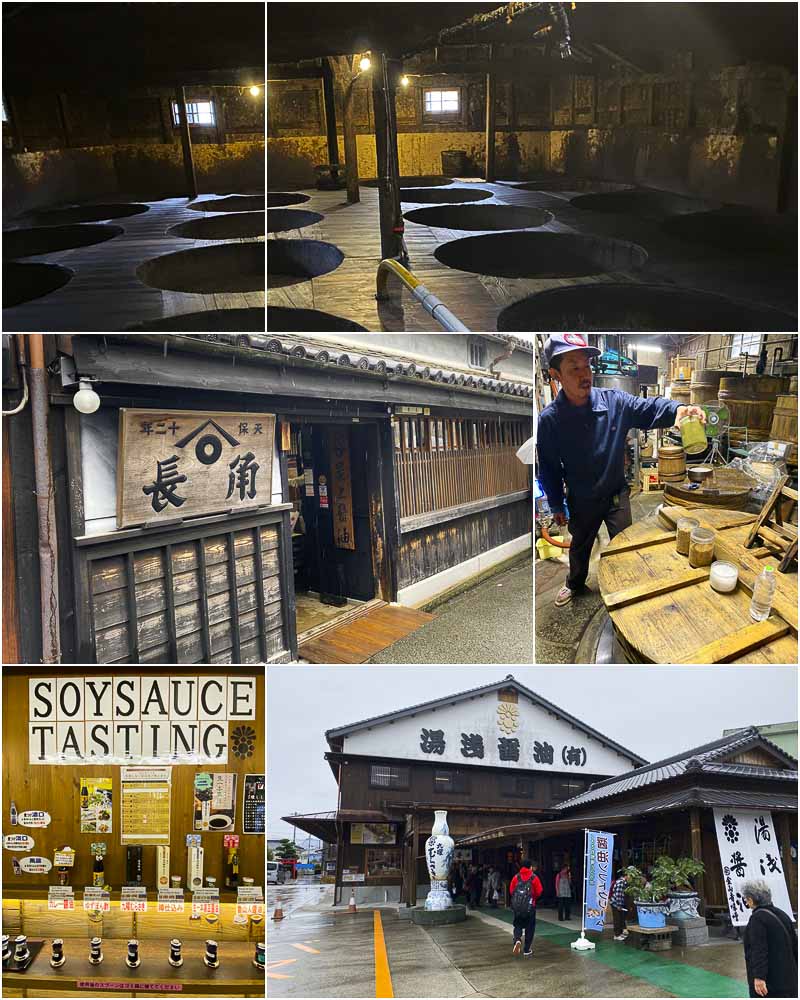
Further along the same street is Kodocho soy sauce factory, one of the few remaining traditional soy sauce makers in Yuasa. In its heyday, soy sauce makers like Kodocho numbered in the hundreds, but now there are but a few of these artisan soy sauce makers left. We were previleged to be able to tour the factory and saw vats of shoyu quietly fermenting in the dank wooden factory. It takes at least 18 months before the shoyu is ready, but they leave some to ferment for up to 3 years!
Kodocho Soy Sauce
7 Yuasa, Arida District, Wakayama 643-0004, Japan
Map and Details
Yuasa Soy Sauce is more modern soy sauce factory and they have a large gallery where you can taste and buy different types of shoyu! They have ones which have a smoked flavour as well as other special shoyu to be used for braising and other cooking forms. While you are there, make sure you try the shoyu ice cream!
Yuasa Soy Sauce
1464 Yuasa, Arida District, Wakayama 643-0004, Japan
Map and Details
Kinokawa
Chikura Sushi – fruit sushi
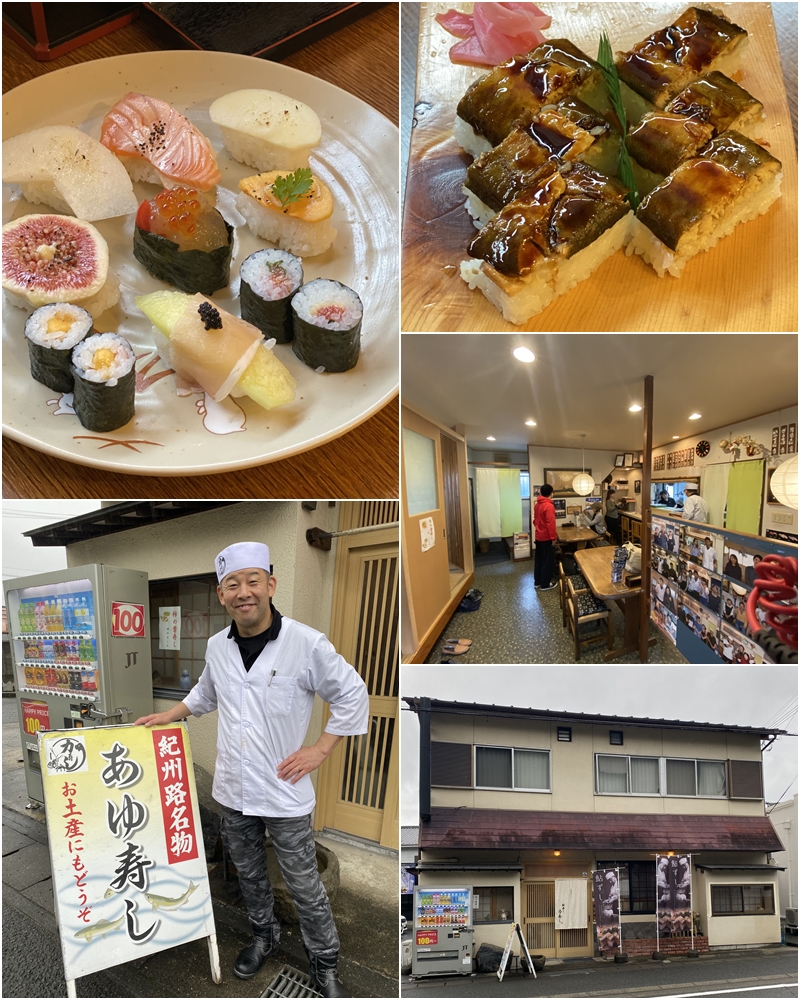
As we make our way to the fruit farm, we stopped by Chikara Sushi for fruit sushi! This sushi restaurant was famous for its ayu sushi but the chef started selling fruit sushi about 5 years ago and it has been quite a hit since. They have innovative pairings like salmon and pear. tomato and ikura and ham and melon sushi. Their ayu sushi is well worth trying! It tastes a bit like anago sushi. The ayu fillets are cooked in a special sweet sauce for 12 hours to infuse the fish fillet with flavour. The fruit sushi was a hit with the ladies, but I found it was more like having dessert rather than a meal!
Chikura Sushi
10 Kokawa, Kinokawa, Wakayama 649-6531, Japan
Map and Details
Katsuragi
Sakaguchino Orchard – perssimons and mikan
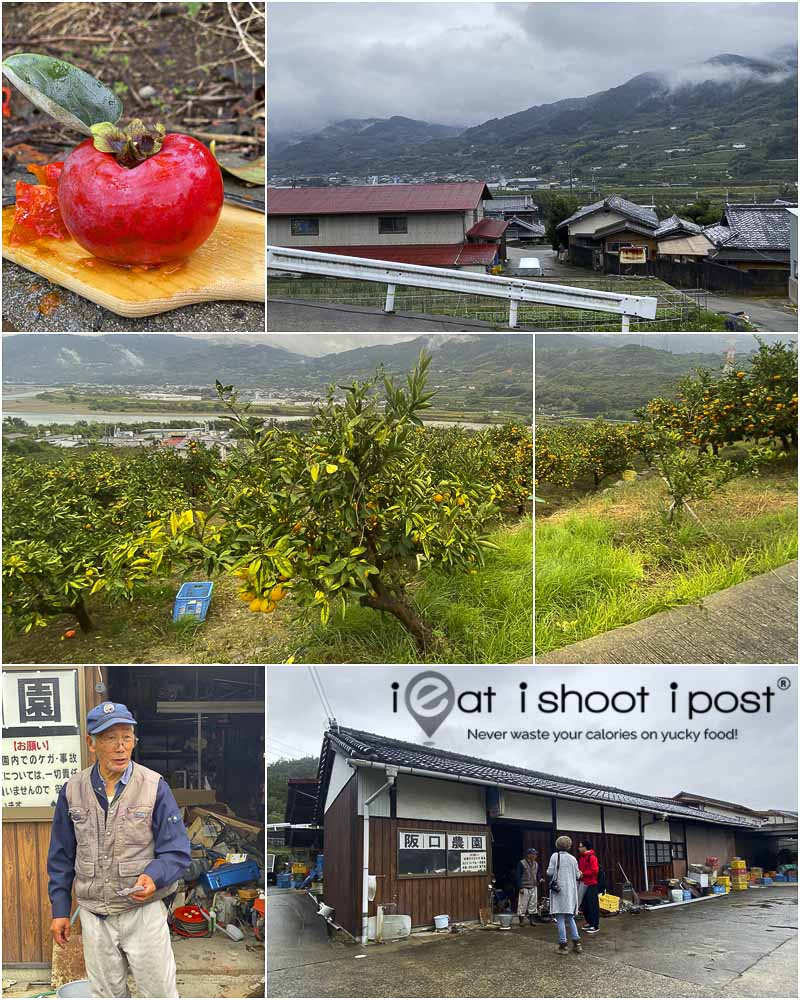
If you love Japanese fruits, then you must plan a trip to the orchards! The region of Katsuragi Cho is known as the “fruits sic kingdom” and there are many orchards here. The area is not far from Osaka and can be done as a day trip!
We visited Sakaguchino Orchard in October when persimmons and mizkan were in season. For 700 yen we got to roam the Orchard and eat as many fruits as you like. In July, you can pay 1800 yen and eat as many peaches as you like! I asked the farmer why persimmons are so much cheaper than peaches and he told me that persimmon trees can live for 100 years while peach trees only live for 15 years! Ah so! Now you know!
Sakaguchino Orchards
Japan, 〒649-7165 Wakayama, Ito District, Katsuragi, Senoyama, 433
Maps and Details
Conclusion
Our visit to Wakayama prefecture has proven to be a wonderfully educational trip! Not to mention, the drive along the coastal region was simply breath taking. The next time you’re planning a trip into Kyoto, Osaka or Nagoya, consider taking the express train into Wakayama too!
Also read our other travels in Japan.
Disclosure: we were there on invitation of Wakayama Prefecture.




